Sweden Halves VAT on Food: 2026-2027 Budget Relief for Households and Businesses
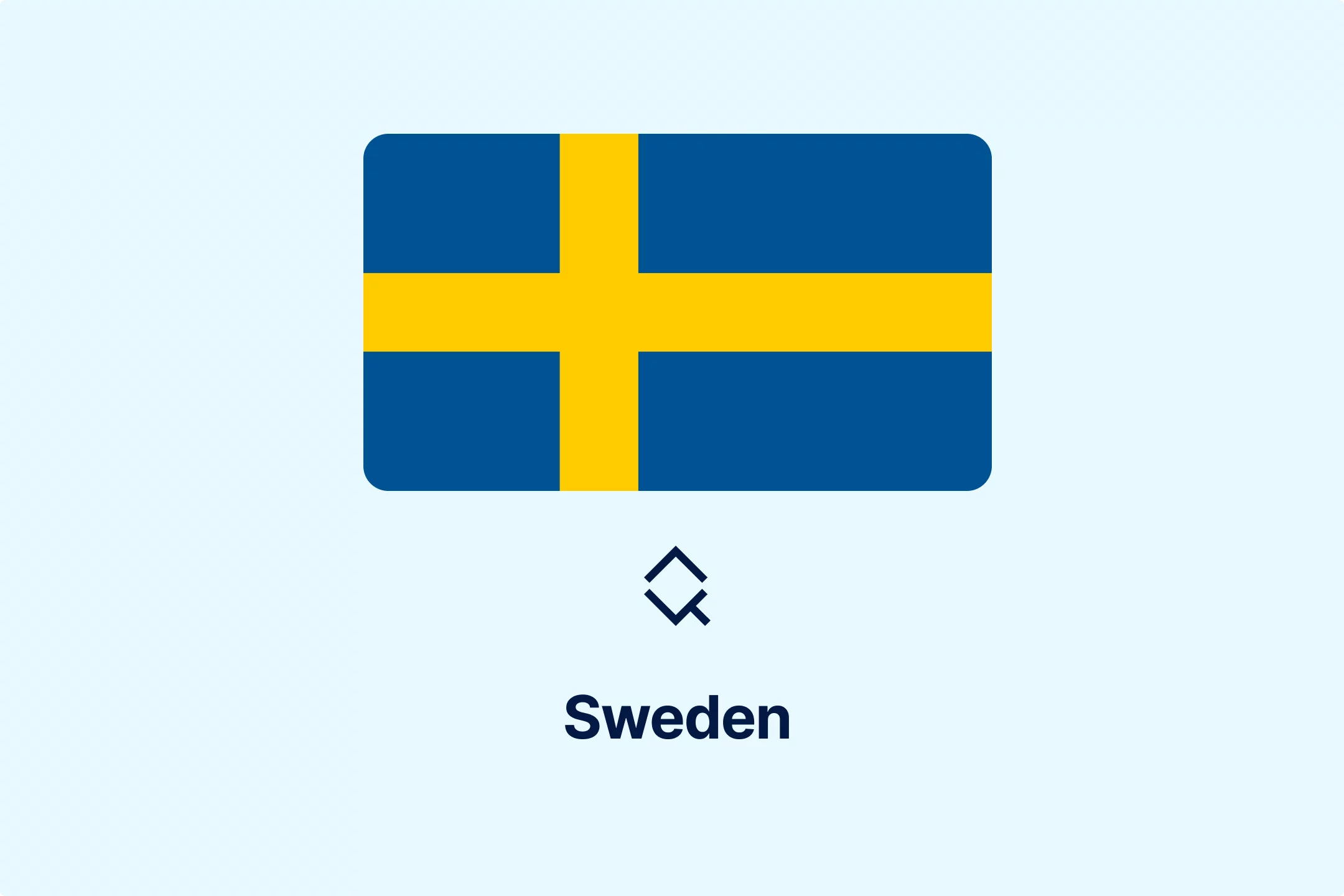
The Swedish government has introduced its most expansive support package since the pandemic—a bold election-year budget named the “Larger Wallet Package” — combining direct income tax relief with targeted cost-of-living support for households. A centerpiece of the package is a temporary halving of the VAT rate on food, aimed at helping families cope with the enduring burden of inflation and economic uncertainty.
Key Tax and Social Measures
The “Larger Wallet Package” contains a suite of tax changes and support measures applying from January 1, 2026:
Earned Income Tax Relief: The earned income tax deduction and the basic allowance will both increase, reducing the overall tax burden for workers and low-income earners.
Reduced Sickness & Disability Taxation: Taxation of sickness and disability compensation payments will be lowered, supporting vulnerable groups.
Electricity Support: The package reduces electricity taxes and introduces protections against sudden price spikes.
These initiatives are designed to bolster household purchasing power and insulate families from high energy costs as Sweden continues to struggle with slow economic growth and the aftereffects of inflation shocks.
Food VAT Cut: Details and Impact
The government has announced a temporary reduction in the VAT rate on food, slashing it from 12% to 6% — a move set to last from April 1, 2026, to December 31, 2027.
Savings for Households: The cut is expected to save a typical family of four about SEK 6,500 ($680) per year, with pensioners and lower-income households also benefiting from notable savings.
Monitoring Price Transmission: To ensure the tax reduction is passed on to consumers, a dedicated food price commission, led by the Swedish Consumer Agency, will monitor and report on pricing practices in the retail sector. The government has insisted that food retailers must not pocket the savings meant for consumers.
Budgetary Scope: The VAT reduction is projected to cost SEK 16 billion in 2026 and SEK 21 billion in 2027, making it one of the most costly elements in a budget with SEK 80 billion in new investments—the largest fiscal expansion since the pandemic.
Political and Economic Context
The “Larger Wallet Package” is taking shape amid stagnant growth and ahead of the September 2026 general elections. The government highlighted the need to restore household security after several years of high inflation, which has eroded living standards for many families.
Bipartisan Interest: All major parties have proposed some form of food VAT relief, with the government’s approach focused on ensuring broad-based savings that encourage consumer spending while seeking to protect essential low-cost food items.
Key Considerations for Businesses
Retailers and Suppliers: Required to adjust VAT calculation systems and pricing so that VAT savings are transparent and immediately accessible to consumers. Authorities will closely monitor for non-compliance.
Accounting and Bookkeeping: Companies in the food sector must update their bookkeeping procedures to accommodate fluctuating VAT rates across 2026–2027.
Communication: Clear communication regarding new VAT-inclusive prices will be crucial to maintaining customer trust and avoiding regulatory scrutiny.
The government has also tasked the Swedish Agency for Economic and Regional Growth to identify further opportunities for increased competition and price transparency in the food sector.

Featured Insights
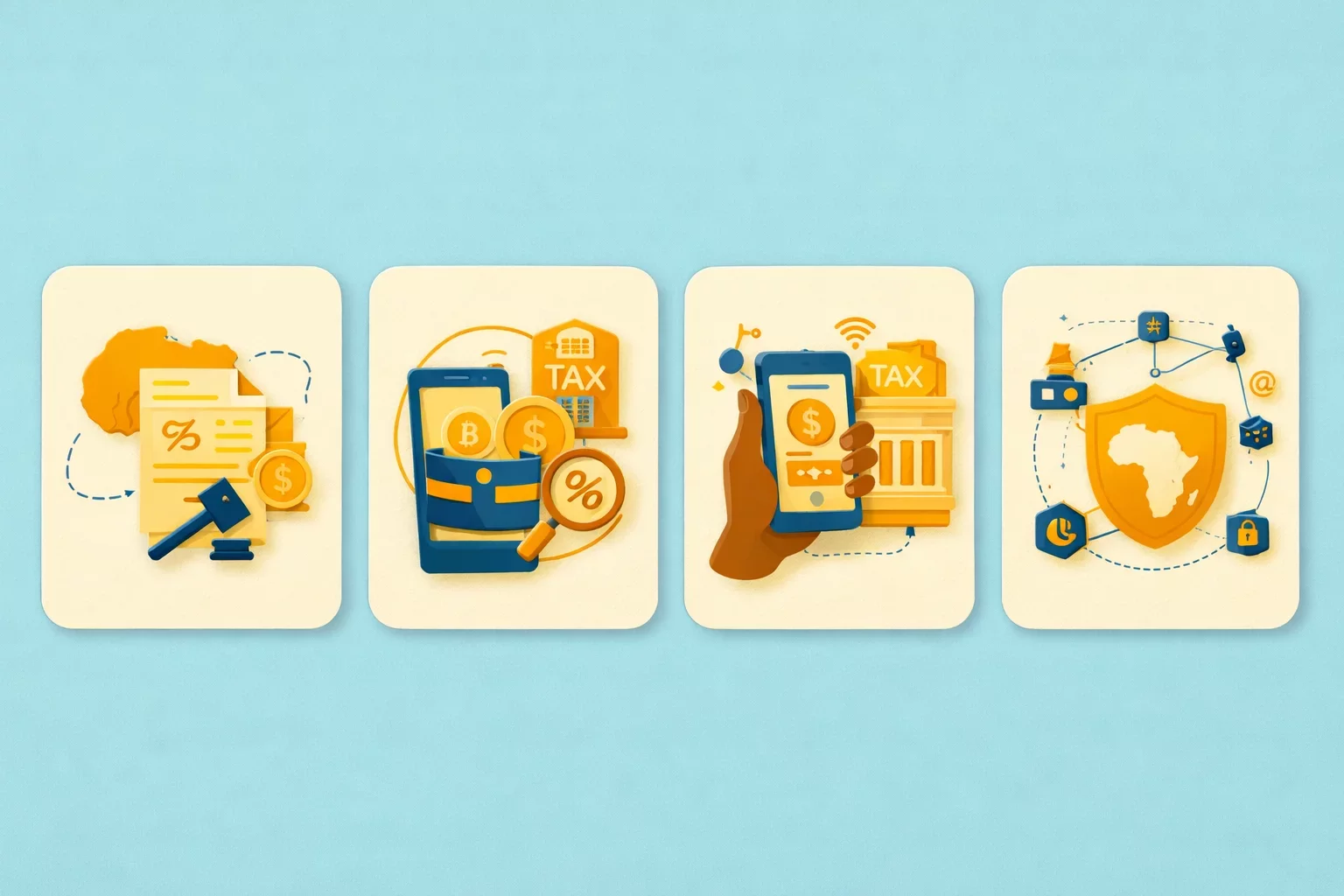
The African Tax Response to Fintech and Web3
🕝 January 5, 2026More News from Sweden
Get real-time updates and developments from around the world, keeping you informed and prepared.
-e9lcpxl5nq.webp)

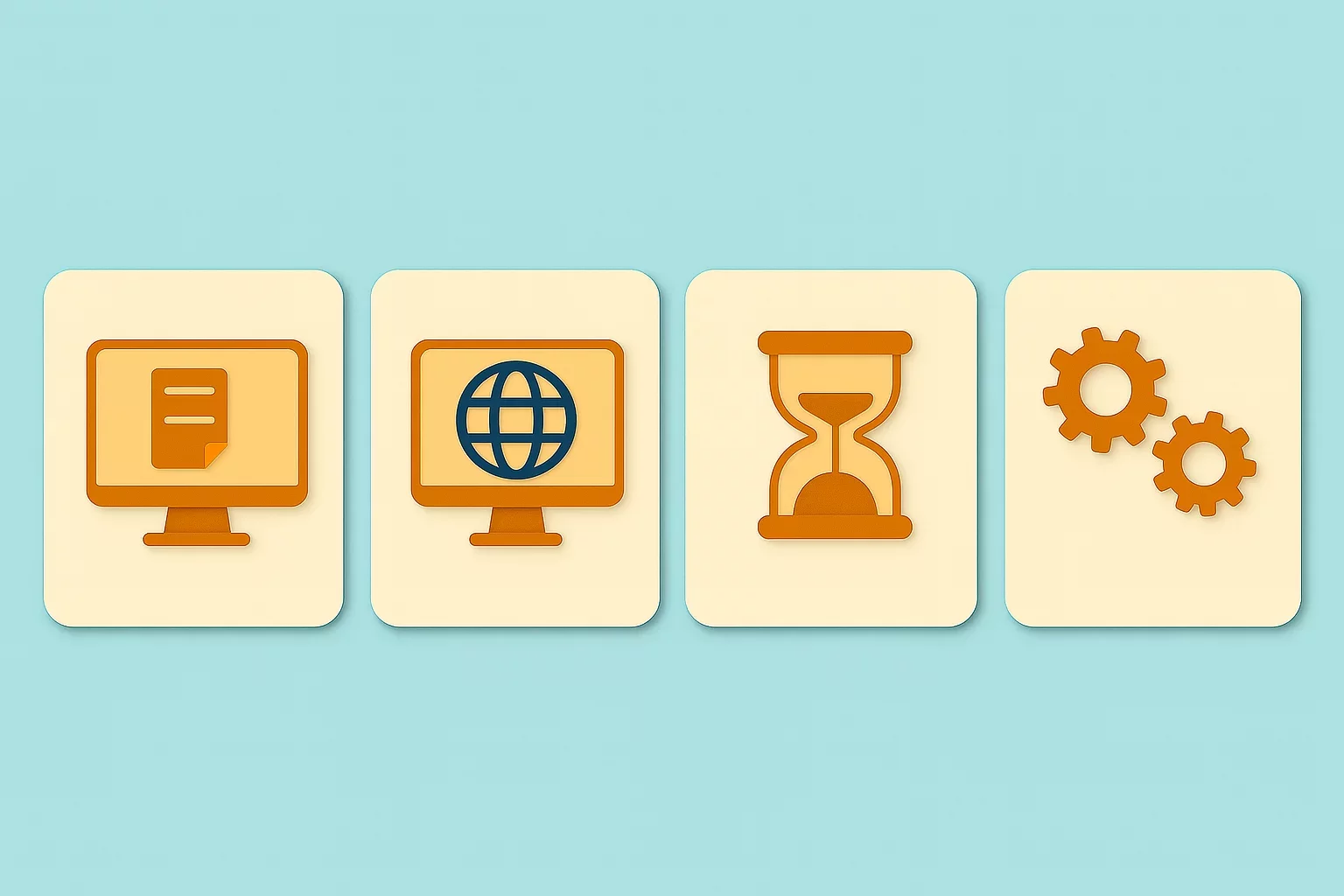
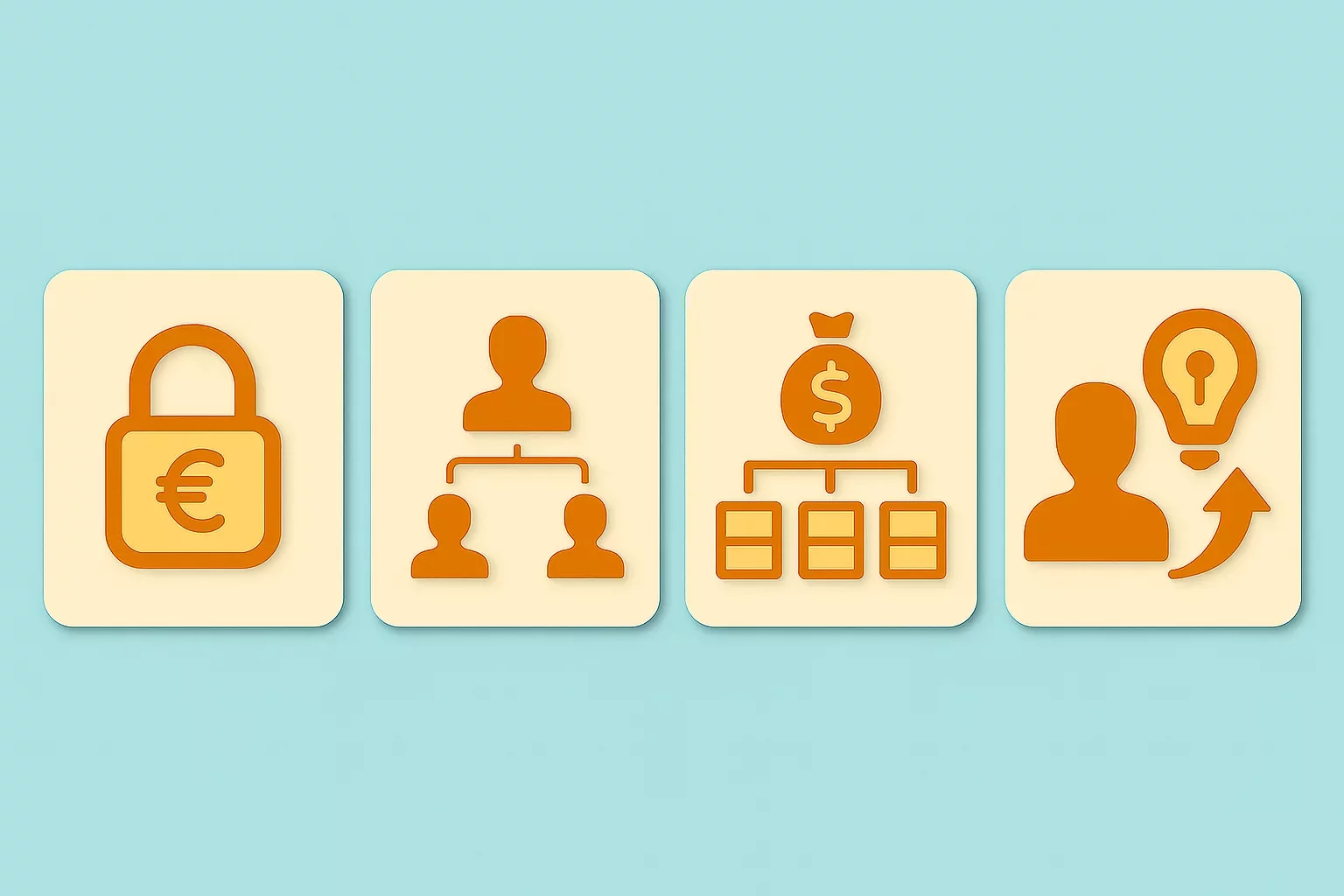
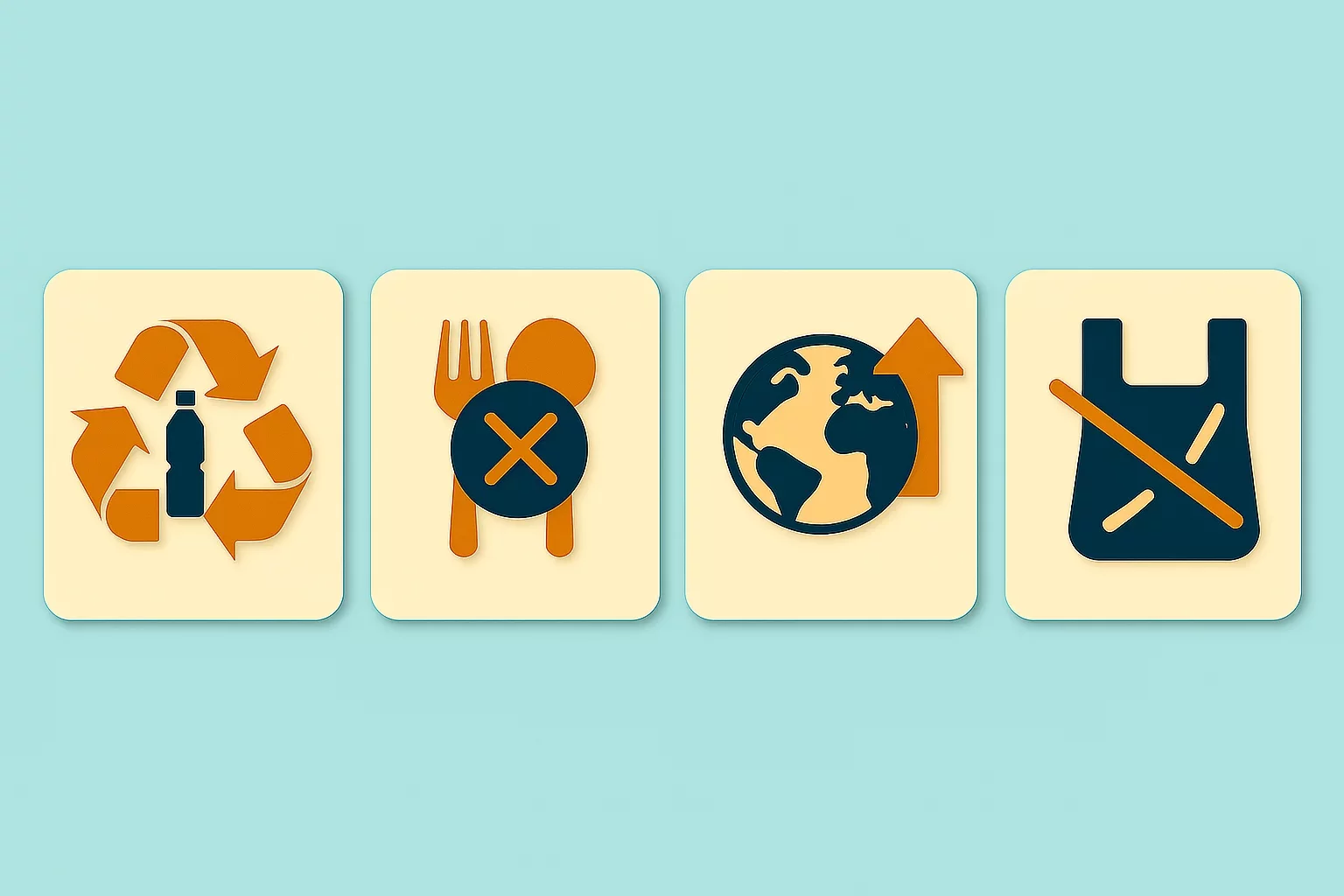
-6wv5h5eyyd.webp)
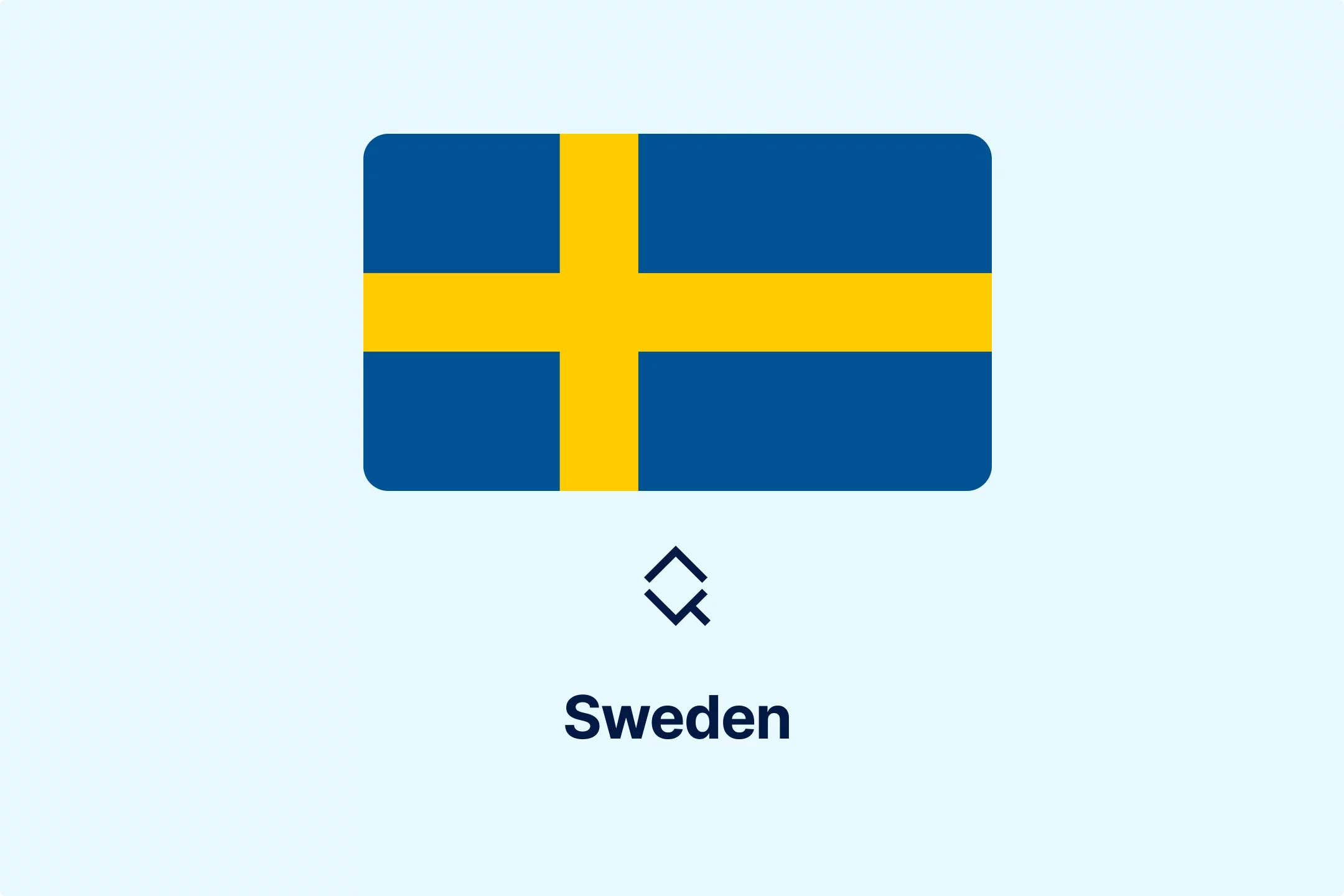
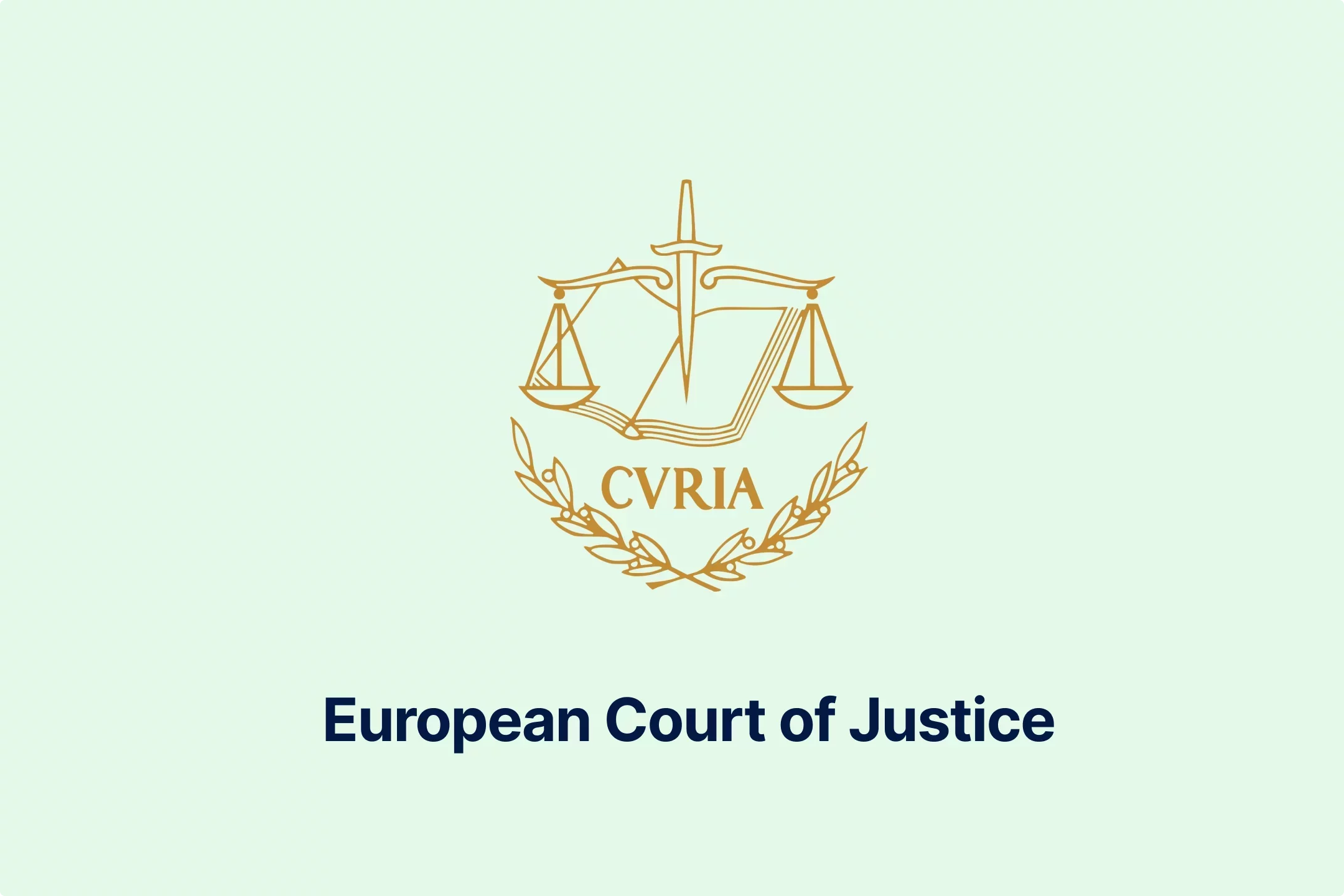




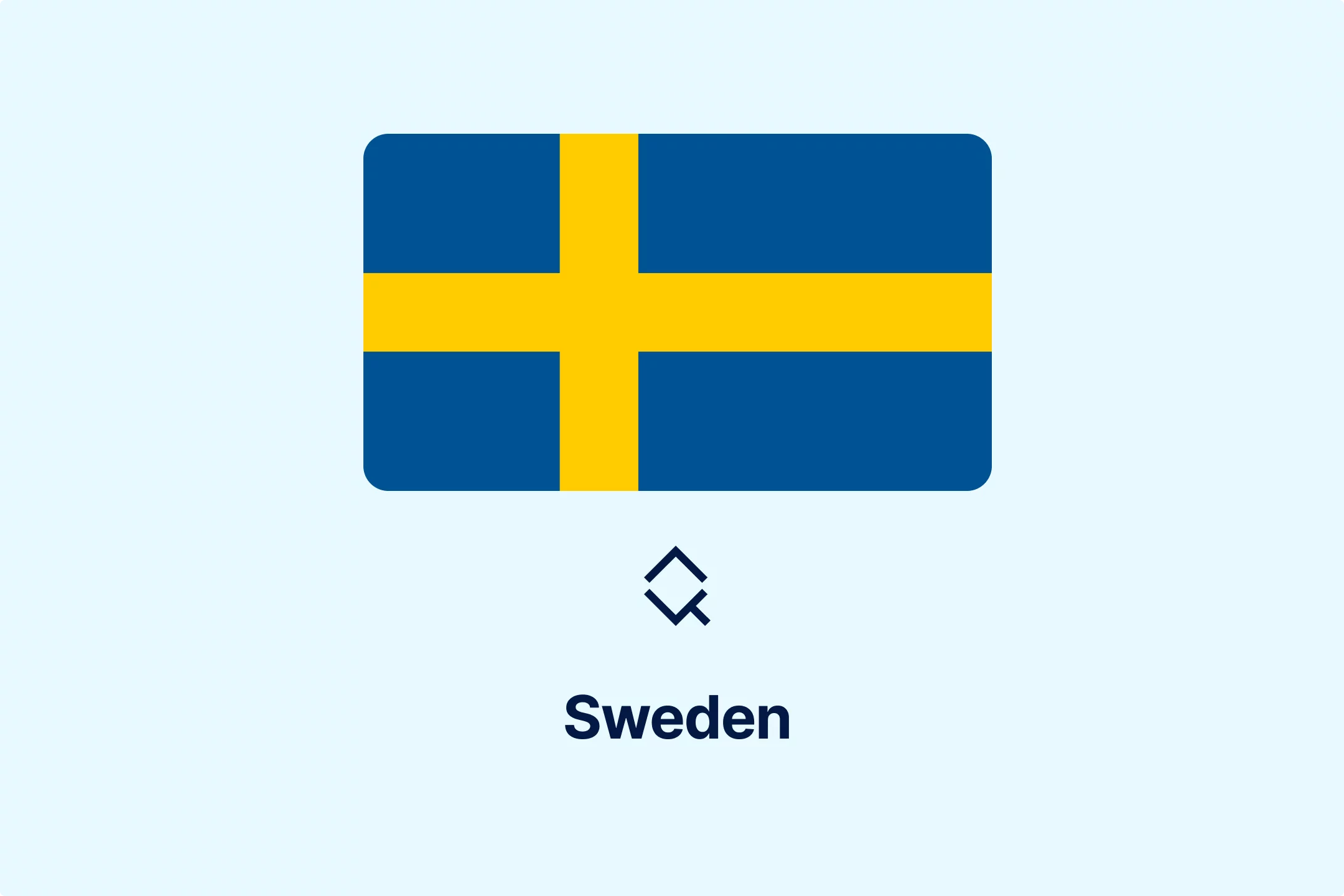


.png)
